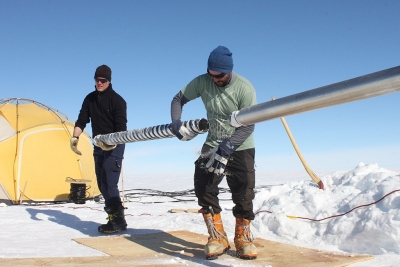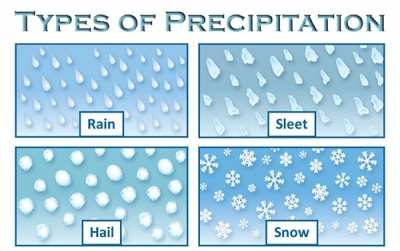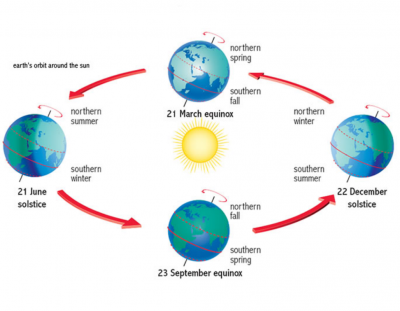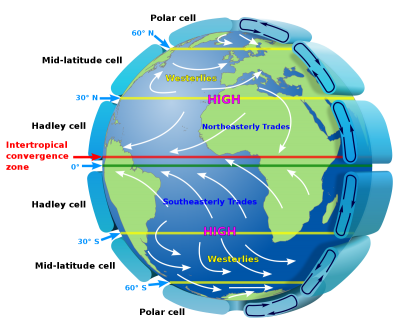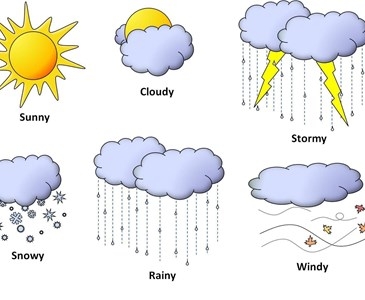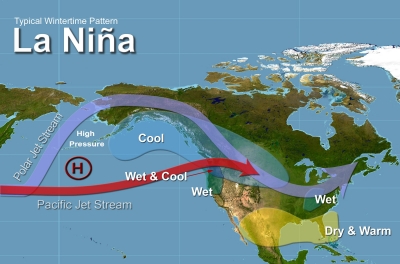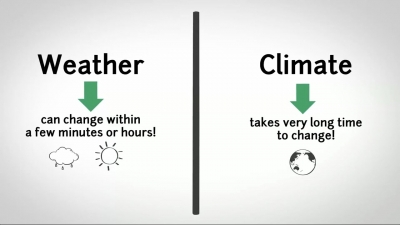What is Meteorology?
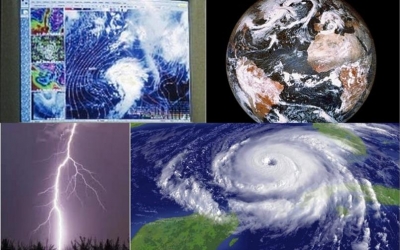
No, it isn't the study of meteors, although it does involve the study of other sorts of objects that fall from the sky. Meteorology is, by definition, the study of Earth's atmosphere. The root of meteor is a variation on the Greek meteoron, which is a term dealing with any objects that originate in the sky.
Meteorology is an extremely interdisciplinary science, drawing on the laws of physics and chemistry (among others) to aid in our understanding of Earth's atmosphere, its processes, and its structure. It is a study that dates to ancient times, when ancient civilizations made observations and kept records of weather conditions, both for agricultural purposes and out of a general curiosity about the world around them.
Over the centuries, the atmosphere has been studied for a variety of reasons, including agricultural knowledge, military defense and planning, and developing better warnings for severe weather systems like tornadoes and hurricanes. Technological advances, such as the development of scientific computing and an increase in the total number of meteorological observations being taken daily across the globe, have allowed for better forecasts (or at least the meteorological community likes to think they are better forecasts) and a much better overall understanding of our atmosphere.
Credit: Study.com
Picture Credit : Google
